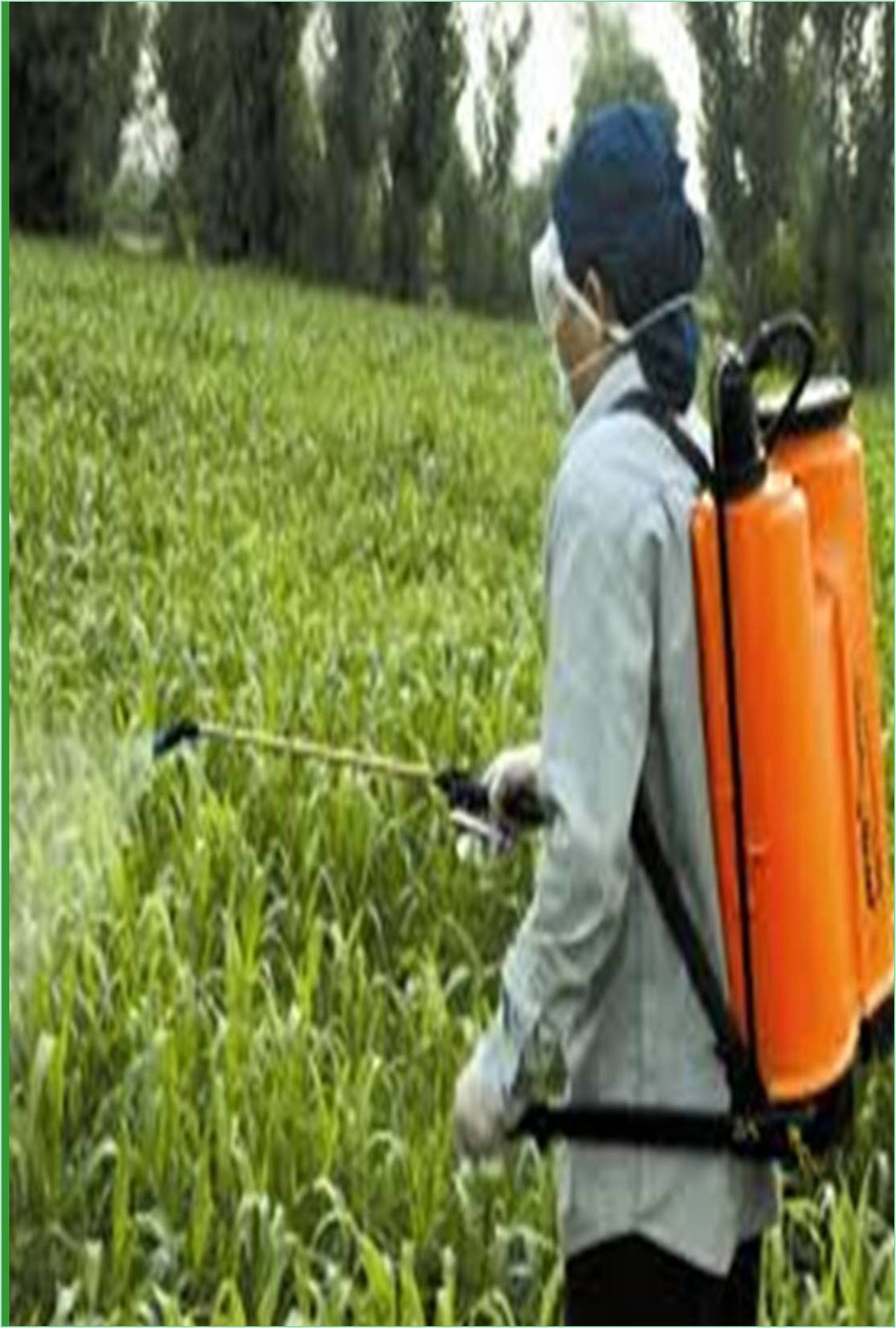



Received: 15-Nov-2022, Manuscript No. GJPDCP-22-85398; Editor assigned: 18-Nov-2022, Pre QC No. GJPDCP-22-85398 (PQ); Reviewed: 02-Dec-2022, QC No. GJPDCP-22-85398; Revised: 09-Dec-2022, Manuscript No. GJPDCP-22-85398 (R); Published: 16-Dec-2022, DOI: 10.15651/GJPDCP.22.7.053
Fusarium is a pathogen positioned properly under the surface of the soil. It can lie dormant for years, looking forward to the best situations to attack. Fusarium assaults the foundation device of the flowers, clogging the xylem and stopping the flowers from taking on essential water and vitamins required for fitness and boom. The fungi that motivate fusarium wilt illnesses are composed of a set of host-precise forms for example; the fungus that causes wilt of carnations is Fusarium oxysporum f. sp. Cubense, dianthus and infects the simplest carnations and carefully associated flowers. Generally, the fusarium pertains to the host e.g., Callistephus (China aster), cyclamens (cyclamen), etc. The fungus can produce numerous kind of sorts of spores. Chlamydospores have thick partitions and are proof against drying and damaging situations, allowing the fungus to live to tell the tale for prolonged periods (years) withinside the soil. Conidia are thin–walled spores that may be both lengthy and multi-celled (macroconidia) or brief and simplest oneor two-celled (microconidia). Conidia are produced in a sporodochium, that's a mass of conidiophores (conidiabearing stalks) developing tightly together. However, sporodochia are not often visible in fusarium wilt illnesses. Conidia are unfolded in infected soil. Conidia are typically now no longer airborne, however, the fungus can turn out to be airborne on bits of inflamed plant particles or in the dust.
Symptoms normally seem first on one facet of a plant. Fusarium wilt reasons foliage to yellow, wilt, then flip brown and die. Older leaves typically discolor, wilt, and die first, accompanied through the way of means that lose the life of the whole plant. Cutting into inflamed vascular tissue (e.g., wooden xylem) can display that carrying out tissue has grown to become brown, normally all of the manner from the terminal shoot to the soil line. Cross-sections of basal stems may also display brown rings. Masses of spore-bearing stalks are again seen on useless tissue and might seem like small red cushions.
The wilting, yellowing, and losing of leaves that result in plant loss of life for the garden (or landscape) can be the end result of fusarium wilt ailment (Fusarium oxysporum or F. oxysporum). Hot weather, dry soil, and growing soil temperatures all make a contribution to the boom of this ailment. Once in the root device, fusarium oxysporum grows into and follows the water carrying out vessels of the roots; it finally grows into the stem and the flowers' extremities. Worldwide, Fusarium oxysporum has turned out to be a chief hassle for plenty of vegetation, farmers, gardens, and maximum extensively the banana industry. Other vegetation threatening the way of means of this invasive and unfavorable ailment are tomato, pepper, peas, potato, basil, beans, watermelon, carnation, strawberry, and palm.
Early contamination can bring about intense ailment and mortality, and the older seedlings' leaves might also additionally flip brown and the pinnacle bends right all the way down to shape a 'shepherd's crook.' Foliar signs and symptoms visible are yellowing of leaves, brown spots on leaves, wilting, necrosis, and root browning. The pathogen acts up the plant through the vascular system. Only one contamination cycle happens for every developing season; as soon as a plant is inflamed, it normally will no longer unfold to every other plant withinside the identical developing season. The fungus can continue to exist as chlamydospores (fungal resting structure) for decades withinside the soil or in plant debris. Long-distance dispersal with the aid of using airborne spores simplest happens very rarely.
There isn't any powerful fungicide or different treatment for Fusarium wilt. The pathogen almost continually kills inflamed hosts. Prevention and exclusion are the simplest powerful control strategies. Avoid this trouble with the aid of using replanting at that same place. The use of species from unique genera than vegetation formerly inflamed there with the aid of using Fusarium. Fusarium propagules persist in soil and could reason ailment if the identical plant genus is replanted at that site. Avoid planting in poorly tired soil; planting on mounds or raised beds is one treatment for this. Provide vegetation very good developing surroundings and the right cultural care. Especially do not over-irrigate as this encourages shallow, floor rooting and shallow roots are greater effortlessly wounded and inflamed.
The improvement of fusarium wilt happens when the climate is warm and soil temperatures attain about eighty ranges Fahrenheit. Fusarium wilt prospers in dry climates, and whilst moisture the soil decreases. Fusarium can spoil the entire crop. Once the plant tissue dies, the darkish brown shade is almost the same as the fusarium wilt. Another vicinity of misunderstanding is nutrient deficiencies. Manganese, nitrogen, and potassium deficiencies bring about yellow leaves. A potassium deficiency additionally causes slowed plant growth. Due to the effect of fusarium wilt, nutrient deficiencies in the vegetation at some point of the method of the ailment are common.